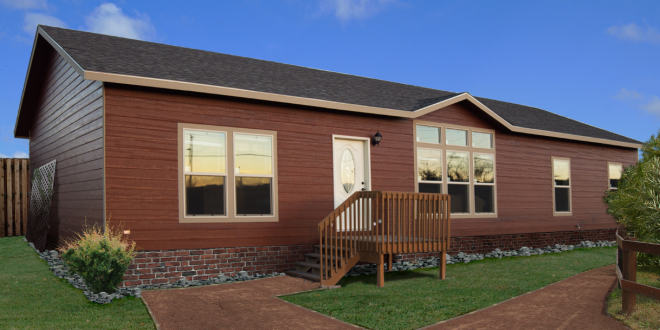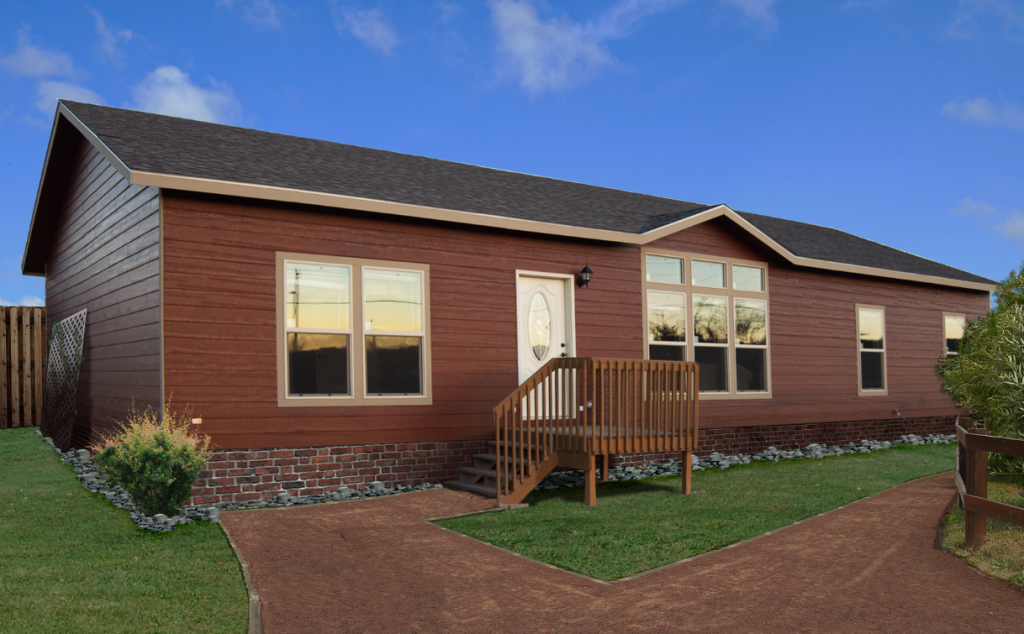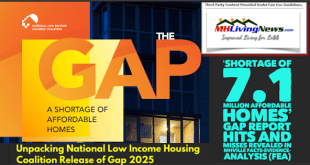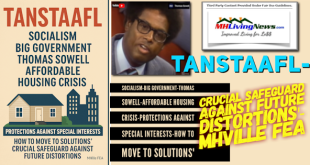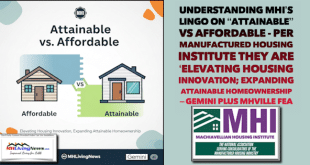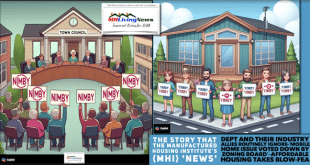by Lisa Tyler
I recently facilitated a Personal Finance undergraduate level class. The cohort style class was comprised of adult learners with varied life and career experiences. One of the main topics was on the home buying process and determining affordability of selections.
Magnolia Model MH 213, see tour linked here.
Keep in mind that all students were residents of West Tennessee, an area with approximately 44,221 manufactured homes (U.S. Census Bureau, 2013). Despite the obvious familiarity with manufactured homes, when the product was mentioned as an affordable alternative to site-built housing, the response from the class was an uncomfortable silence. It was as if I had declared that NASCAR was not a “real sport” or that reality television was actually scripted!
The reaction was a mix of indignation, misconceptions, confusion, and lack of awareness. I quickly determined that tackling the issue of awareness could possibly change the other reaction factors.
Due to the fast pace of cohort style classes, I had approximately 15 minutes to change their perceptions. I used a short break time to quickly pull together information supported by academic research. After all, it is much harder to dispute facts than opinions. I focused on some quick and easy points that industry professionals and manufactured home residents know, but often fail to share with others:
- Because of the stringent and streamlined codes, manufactured homes offer more cost-effective processes and economies of scale than other housing alternatives (Zhou, 2013).
- The improvements in quality, performance, safety, and durability offer an affordable housing alternative to families and people seeking high value for their financial investment.
- Multiple studies conducted in the past three years support the product’s role in the housing landscape. Aman and Yarnal (2010), Dawkins and Koebel (2010), and Wilson (2012) agreed that manufactured housing comprises an essential component of the unsubsidized housing sector and cost less per unit than any other housing type. Besides the affordability compared to traditional homes, manufactured homes offer lower maintenance requirements (Wilson, 2012).
- Manufactured home residents consider the quality of their homes the same as traditional homes (Dawkins & Koebel, 2010).
- Innovations in manufactured housing construction technology have improved the quality of the product and made them virtually indistinguishable from traditional site-built homes (Dawkins & Koebel, 2010).
- The manufactured housing industry’s method of mass production using an assembly line approach and exploitation of economies of scale (Wilson, 2012) result in cost savings passed to the consumer in the form of lower prices (Dawkins & Koebel, 2010; Reyes, Oraifige, Meier, Forrester, & Harmanto, 2012).
- Flexibility in architecture achieved through the ability to adapt standardized components to customer specifications increases product appeal (Koklic & Vida, 2011). Customers can make changes to the floor plan, materials, décor, size, and amenities of manufactured homes before the construction process (Koklic & Vida, 2011).
- Manufactured home construction occurs in secure, temperature controlled environments, enabling faster production than site-built homes (Dawkins & Koebel, 2010).
- The federal HUD code follows performance-based criteria and provides common guidelines and oversight for producers (Wilson, 2012). The Council of American Building Officials (CABO) code provides the basis for most local building regulations. Although the HUD and CABO codes outperform each other in some areas, general comparability exists (Wilson, 2012). This implies similarities in guidelines and regulations for manufactured housing and traditional housing, thus other factors result in cost savings in manufactured homes (Wilson, 2012). In addition, compared to traditional housing, manufactured housing offers lower maintenance requirements and shorter mortgage durations (Wilson, 2012).
I used my limited time wisely by facilitating discussion based on facts found in academic research. I covered the basics – assembly line construction, quality compared to site-built housing, customer satisfaction, innovation, flexibility, and regulations.
As I watched the students’ expressions transition from mildly suspicious to genuine interest and surprise, it became apparent that education and awareness CAN positively influence perceptions about manufactured housing. Why is this important? Because 80% of the students indicated the desire to change their current housing situations within 5 years!
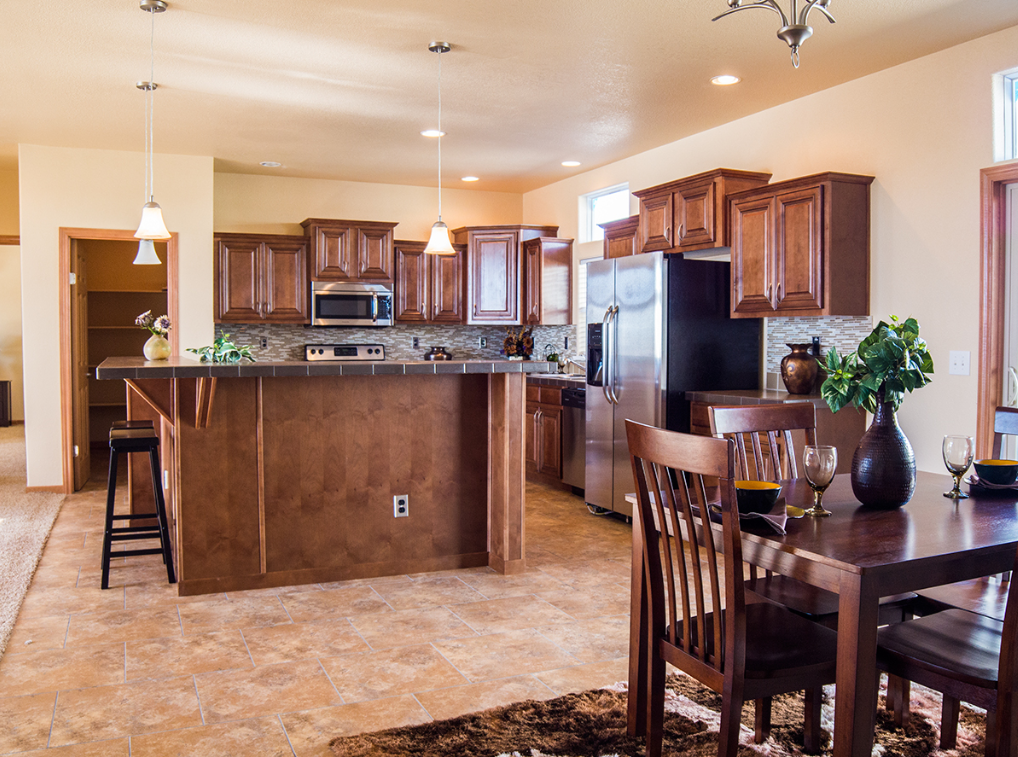
What started out as a brief overview of the home buying process became an opportunity to educate students about how to determine the best VALUE for their housing dollars.
How often do industry professionals discuss the product outside of work? How often do residents talk about high levels of satisfaction with their manufactured home? Are we missing opportunities to share exciting information about innovation and affordability?
With all of the negativity in national news, confusing regulations with no consistency, and everyday battles to keep organizations afloat, it is sometimes difficult to remember the basics. Consumers WANT to make informed decisions. Friends and family TRUST word of mouth recommendations.
The American dream of homeownership is still within the reach of millions.
It is up to manufactured housing industry professionals, home owners and MH Community residents to educate others about the benefits of the product. And yes, it CAN be done in less than 15 minutes. ##
References
Dawkins, C., & Koebel, C. (2010). Overcoming barriers to placing manufactured housing in metropolitan communities. Journal of the American Planning Association, 76(1), 73–89. doi:10.1080/01944360903401052
Koklic, M., & Vida, I. (2011). Consumer strategic decision making and choice process: prefabricated house purchase. International Journal of Consumer Studies, 35, 634–643. doi:10.1111/j.1470-6431.2010.00953.x
Reyes, J. G.-, Oraifige, I., Meier, H. S.-, Forrester, P., & Harmanto, D. (2012). The development of a lean park homes production process using process flow and simulation methods. Journal of Manufacturing Technology Management, 23(2), 178–197. doi:10.1108/17410381211202188
Wilson, B. (2012). An examination of electricity consumption patterns in manufactured housing units. Housing Policy Debate, 22(3), 175–199. doi:10.1080/10511482.2011.648204
Zhou, Y. (2013). The decision to purchase a manufactured home: a nested logit model of determinants. International Journal of Housing Policy, 13(3), 268–287. doi:10.1080/14616718.2013.818784
Besides doing research for her doctoral dissertation on a manufactured housing related topic, Lisa Tyler has lived in and worked in the manufactured home industry. Her research is pulling together academic study that underscores the fact-based-value of modern manufactured homes.
 manufacturedhomelivingnews.com Manufactured Home Living News
manufacturedhomelivingnews.com Manufactured Home Living News
